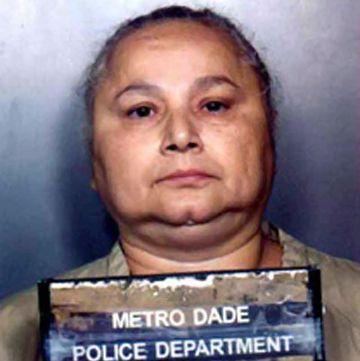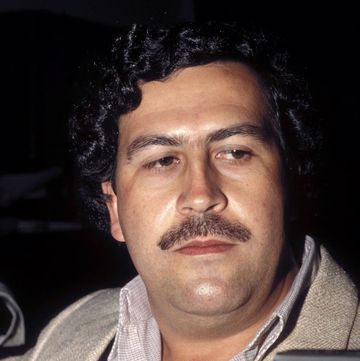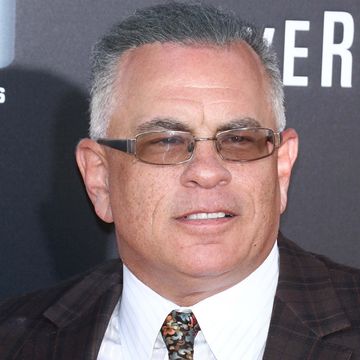7 Alcatraz Prisoners Who Served Time on the Notorious Island
Here’s what crimes sent Al Capone, Robert “Birdman” Stroud, and others to the San Francisco Bay prison.

In August 1934, the first group of inmates arrived at Alcatraz, the maximum-security prison perched on a small island in San Francisco Bay. The Big House on the Bay was the ultimate destination for some of the country’s most dangerous and wily criminals.
Prisoners deemed uncontrollable at other penal institutions were tamed by the severity of life at Alcatraz, while restless inmates who made a habit of breaking out of other prisons on the mainland found their days of easy escapes were over. Almost 40 tried, but no one ever successfully escaped the citadel perched on “The Rock” in the bay.
Despite closing in 1963, Alcatraz maintains its legendary reputation today among many. That includes President Donald Trump, who posted on social media Sunday that he is “directing the Bureau of Prisons, together with the Department of Justice, FBI, and Homeland Security, to reopen a substantially enlarged and rebuilt ALCATRAZ, to house America’s most ruthless and violent Offenders.”
At least for now, Alcatraz exists solely as a tourist attraction, its odd location and famous history still a magnet for visitors to San Francisco. Here are some of the most famous lawbreakers who once called the facility home.
Tyler Piccotti joined the Biography.com staff as an Associate News Editor and is now the News and Culture Editor. He previously worked as a reporter and copy editor for a daily newspaper recognized by the Associated Press Sports Editors. In his current role, he shares the true stories behind your favorite movies and TV shows and profiles rising musicians, actors, and athletes. When he's not working, you can find him at the nearest amusement park or movie theater and cheering on his favorite teams.


John Stanfa and Joey Merlino from ‘Mob War’ Now

The True Story of the Philly Mob’s ‘Chicken Man’

Larry Hoover

Frank Costello and Vito Genovese’s Bitter Rivalry














